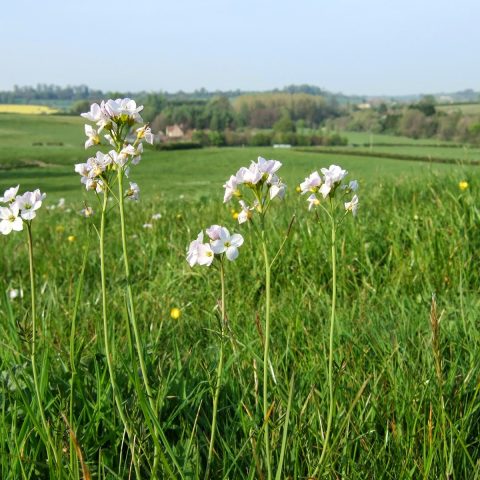Cumbria Wildlife Trust's Story
Natural flood management work at the reservoir has included building a series of earth banks, swales, hydro-walls, and hydro-fences, and also planting willow 'hydro-hedges', hedges on top of earth banks and trees. These new natural structures will hold back water and slow its flow during storm events. Any stored water releases slowly after the flood peak, reducing the impact on properties downstream. The works were carried out by Cumbria-based Sustainable Catchment Solutions.
During Storm Desmond in 2015, significant rainfall in the small catchment where Birds Park Reservoir lies, caused flooding to over 600 properties in eastern Kendal. This small catchment, which starts above Birds Park Reservoir on the slopes of Benson Knott, feeds water into the three arms of Stock Beck. Stock Beck then flows through culverts in Sandylands, occasionally appearing as open concrete channels. The culverts are too small to cope with the high volumes of water during extreme storm events, which leads to the flooding of properties. Slowing the flow of water in the Stock Beck catchment is an important option, as holding back water for short periods of time during storm events reduces the height of flood peaks.
Cumbria Wildlife Trust is working in partnership with the Environment Agency, which has funded the project, to deliver a programme of natural flood management research in the Stock Beck Catchment.
Useful Learnings from Cumbria Wildlife Trust
We worked in partnership with the Environment Agency and United Utilities and recruited volunteers from local Kendal Conservation Volunteers to carry out some of the work.
A specialist contractor was hired to construct hydro walls and Lancaster University recorded data on the effectiveness of the project. The partnership between organisations was crucial in making this project happen.
Cumbria Wildlife Trust's Metrics
Flows and volumes stored in storm events.





